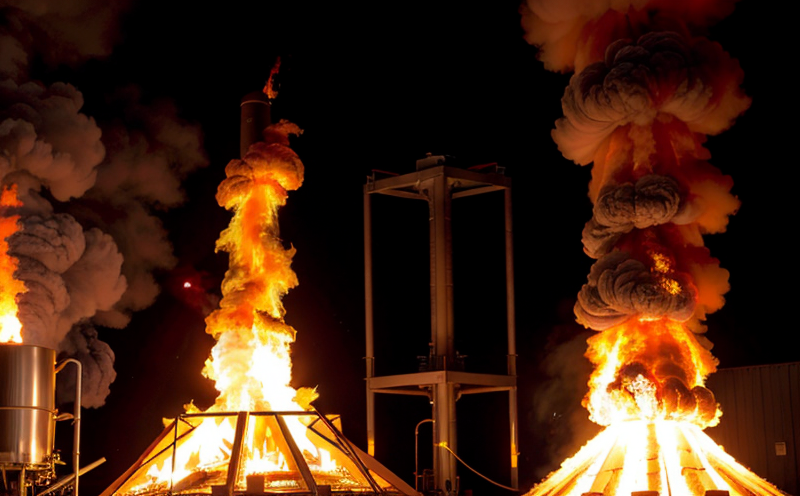Soil Chemical Safety Testing
The process of soil chemical safety testing is critical in ensuring that chemical substances used in various applications do not pose a risk to human health and the environment. This service involves assessing the potential harmful effects of chemicals present in soil through rigorous laboratory analysis. The goal is to identify any hazardous compounds, their concentrations, and compliance with relevant international standards such as ISO 17253 and ASTM D4698.
Our testing protocol begins with a thorough sample collection process, ensuring that the soil samples are representative of the area being tested. This step ensures accurate results by minimizing any biases or inaccuracies in the analysis. After collection, the samples undergo meticulous preparation to ensure they are suitable for chemical analysis.
The heart of our soil chemical safety testing lies in the use of advanced analytical instruments and methodologies that adhere strictly to international standards. These instruments include Inductively Coupled Plasma Mass Spectrometry (ICP-MS), Gas Chromatography-Mass Spectrometry (GC-MS), and High Performance Liquid Chromatography (HPLC). The data obtained from these analyses are then used to assess the chemical composition of the soil, including the presence of heavy metals, pesticides, organic compounds, and other potentially harmful substances.
The testing process also involves a series of complex calculations and comparisons with established safety thresholds. For instance, if the concentration of lead in the soil exceeds the permissible limits set by ISO 17253, this would be flagged as a potential risk. Our team then provides detailed reports that outline these findings along with recommendations for remediation or further investigation.
Our service is particularly valuable for industries such as construction, agriculture, and environmental management where soil quality can significantly impact operational safety and compliance. By conducting regular soil chemical safety tests, companies can ensure they are adhering to regulatory requirements and protecting both their workforce and the broader community.
The comprehensive nature of our testing ensures that no critical detail is overlooked. From initial sample collection to final report generation, every step is meticulously documented and reviewed by our experienced scientists. This approach not only enhances accuracy but also builds trust with clients who rely on us for reliable data.
- Comprehensive Analysis: Our tests cover a wide range of chemicals, ensuring nothing slips through the cracks.
- Adherence to Standards: All analyses follow international best practices as defined by ISO and ASTM.
- Expert Insights: Our reports offer more than just numbers; they provide actionable insights into potential risks.
In conclusion, soil chemical safety testing is an indispensable tool for maintaining high standards of environmental protection and occupational health. By leveraging our expertise and cutting-edge technology, we help clients navigate the complexities of regulatory compliance while safeguarding their operations from the dangers posed by hazardous chemicals in soil.
Applied Standards
The application of international standards is crucial in ensuring consistency and reliability across various chemical testing services. For soil chemical safety testing, we strictly adhere to ISO 17253 and ASTM D4698, which provide comprehensive guidelines on the methodologies for determining the concentration levels of hazardous substances in soils.
ISO 17253 sets out detailed procedures for sampling, preparing samples, and conducting analyses. It emphasizes the importance of accurate sample representation to ensure that the results reflect the true condition of the soil being tested. This standard also specifies the use of appropriate analytical techniques such as ICP-MS, GC-MS, and HPLC.
ASTM D4698 complements ISO 17253 by providing additional insights into sample preparation and handling practices that minimize contamination and ensure accurate results. Both standards emphasize the need for rigorous quality control measures throughout the testing process to maintain high levels of accuracy and precision.
In practice, these standards guide every aspect of our soil chemical safety testing service, from initial site visits where samples are collected through to final report generation. By adhering strictly to these guidelines, we can provide clients with confidence that their tests meet international best practices and are therefore reliable and valid.





